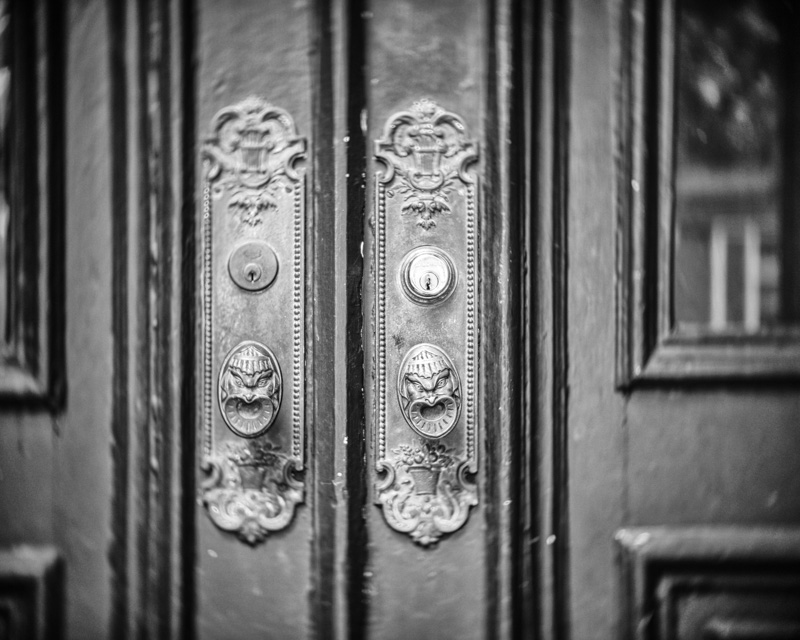
I had not known about the tightly knit community known as Little Africa, in Greenwich Village. It only goes to show you that the deeper you go into Greenwich Village history, the more “curiouser” it gets. According to Strausbaugh, a vibrant black community existed in Greenwich Village throughout the 1800’s. Even though African-Americans were technically free, their lives were constantly tested. Unceasing difficulties and institutional barriers sought to rob them of their constitutional rights as Americans.
But with rare fortitude, some rose above their imposed limitations. One such life was Samuel Eli Cornish, who created his own success. Cornish partnered with others to create inspirational institutions of their own. The meeting described in the Strausbaugh quote introduces two new characters. He met with John Crummell, a “self-emancipated” black man and John Brown Russwurm. Russwurm was a noted black abolitionist, publisher and avid supporter of the colonization of Liberia.
Strausbaugh’s notes on the life of Samuel Eli Cornish:
“Samuel Eli Cornish was a free black man from Philadelphia who moved to Little Africa in 1821, living on Wooster Street at West Fourth. He founded the first black Presbyterian Church in the neighborhood, New Demeter Street Presbyterian. In 1827, apparently after a meeting at Crummell’s home, he and John Brown Russwurm started Freedom’s Journal, the first black owned and run newspaper in the country.”
John Strausbaugh, 400 Years of Beats and Bohemians, Radicals and Rogues. A History of Greenwich Village
Black Lives Mattered. These and other lives in the storied history of Greenwich Village is, for me, what makes Greenwich Village so Mystical. J
Thanks so much for stopping by. If you haven’t done so, please visit the Mystic Village Landing Page to read a brief summary of the Mystic Village concept and execution and how to purchase prints. You can also support the phenomenal preservation and educational work of the Greenwich Village Society for Historical Preservation, GVSHP. You can also support the fine work of the Washington Square Park Conservancy.